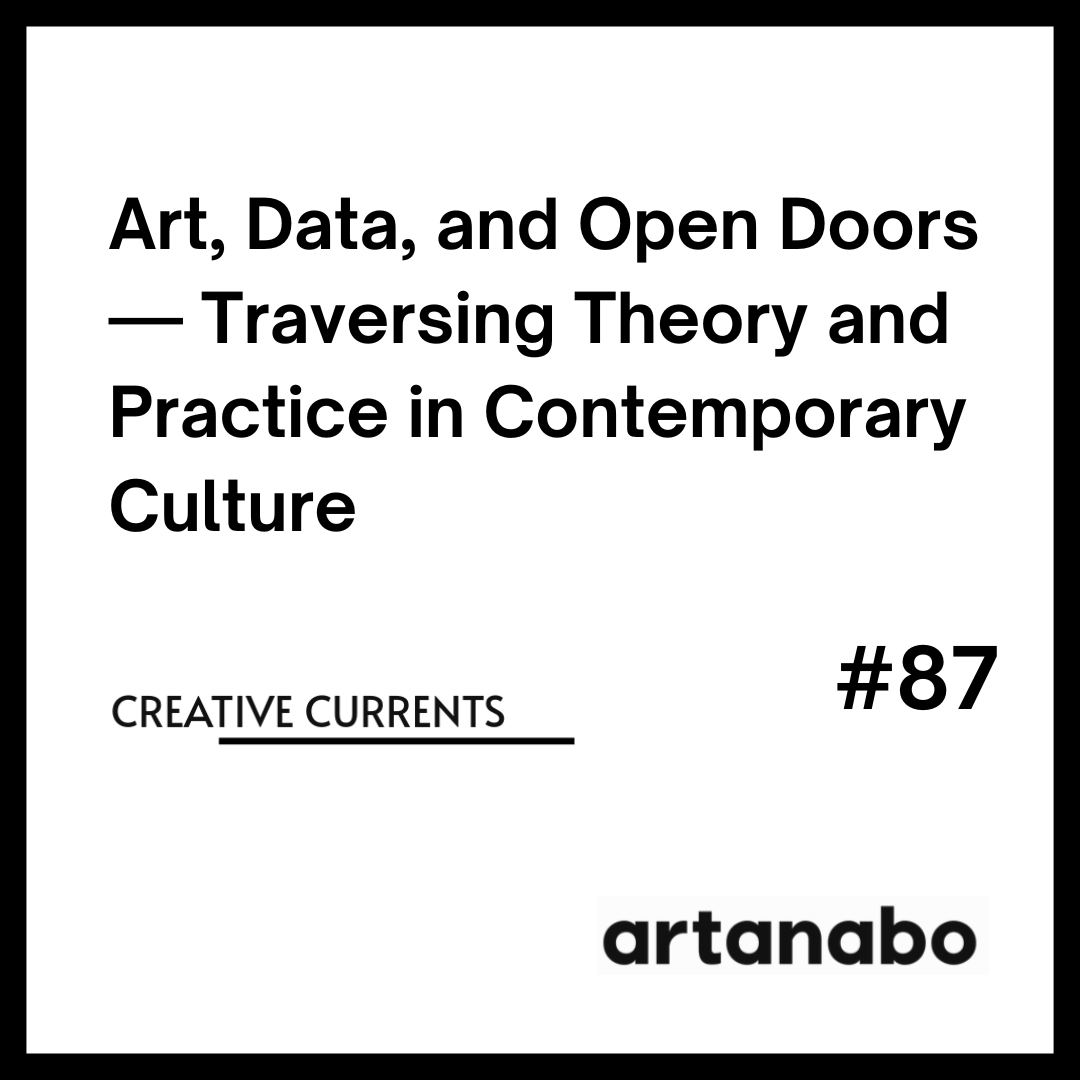Contemporary art no longer exists solely as an aesthetic domain detached from social context — its terrain is increasingly populated by questions of who sees, who analyzes, and with which tools. Three recent developments in the art world weave a fascinating narrative about how art, technology, institutions, and market converge into new configurations today.
1. “Data Consciousness” and the Legacy of W.E.B. Du Bois
In the exhibition “Data Consciousness: Reframing Blackness in Contemporary Print” at the Print Center in New York, curator Tiffany E. Barber reconstructs and reinterprets W.E.B. Du Bois’s work by fusing his historical visualizations with the practices of contemporary multimedia artists.
Du Bois’s experiments with visualizing Black life — charts, maps, data-inflected graphics — were in their time a radical blend of sociology, policy, and design. Barber and the exhibiting artists treat those visionary yet flawed visual languages as points of departure for a critique of today’s data infrastructure — algorithms, surveillance systems, biometric identity regimes.
The show reminds us that print isn’t limited to paper alone — while works on paper carry symbolic and historical weight, the exhibition includes installations, textiles, video, and experimental forms. The message: medium need not constrain but becomes a territory for negotiation between the analog and the digital.
In a moment when identity, race, surveillance, and technologies collide, the exhibition underscores that data never comes as a neutral slate. Power, selection, exclusion — and art can be a medium to provoke awareness.
2. Marina Abramović at the Accademia — encountering past and performance
Marina Abramović, a legend of performance art, has been announced as the first living female artist to receive a solo exhibition at Gallerie dell’Accademia in Venice in 2026.
Her show “Transforming Energy” will resist confinement to conventional exhibition spaces — Abramović’s works will be interspersed throughout the museum, in dialogue with Renaissance masterpieces and the museum’s institutional memory.
This gesture can be read as symbolic — contemporary art “enters” the temples of tradition, demanding a conversation with history. Abramović’s “Transitory Objects” — sculptures and installations infused with minerals — aim to alter visitors’ perception, inviting experiences rather than passive viewing.
Simultaneously, the exhibition affirms their political and spiritual resonance — art as energy, interactivity, where the viewer’s body participates in the work.
Institutionally, the decision is bold — a museum of the past opening itself to contemporary narrative. It asks: can historical institutions become performance stages for new voices?
3. “Open Door Policy” in the Art Market — Is Reform Possible?
In an opinion essay for ARTnews, collector Jeff Magid calls for an open door policy within the art world — arguing that without greater inclusivity, the art market risks shrinking into a hermetic sphere and losing its vitality. artnews.com
Magid observes that the current market often resembles a closed club: accessible mainly to established collectors, galleries, and institutions, with limited access for younger collectors, emerging artists, or those with modest means.
His prescription involves lowering barriers to entry, increasing price transparency, educating new buyers, forging institutional partnerships, and creating platforms that democratize access. He warns that without such openness, the market may stagnate and retreat into insularity.
This is not just a business proposal but a call to courage — for collectors, curators, and institutions to look beyond existing hierarchies and build conditions under which new voices can truly emerge.
4. Common Themes and Provocations
These three perspectives — data and identity, transcending boundaries between past and present, and institutional/market openness — compose a vital tension shaping the artistic debate today:
- Who gets to interpret and see? In Data Consciousness, data becomes ideological medium. In Abramović’s show, institutions speak through the dialogue of old and new. In the open-door strategy — the question is who is granted entry to the art market.
- Can institutions evolve? The Accademia opens to experimentation, Print Center gives new meaning to “print,” and Magid calls for a reform of market logic. These are calls for institutions not as conservative bastions, but as dynamic platforms.
- Art as a stimulus for systemic reflection and critique. In the age of algorithms, capital, and infrastructure — art can be mirror, alarm, or tool of resistance. Often too easily we treat it as decoration.
For my part, I’d propose that smaller galleries and institutions in Poland (and elsewhere) experiment with hybrid exhibitions (analog + cyber), market education, and partnership-based models — linking local creators to global critical discourse about data, power, and access. Because art, to stay alive, must do more than show beauty — it must ask: who sees, who pays, who decides which data become “real”?


